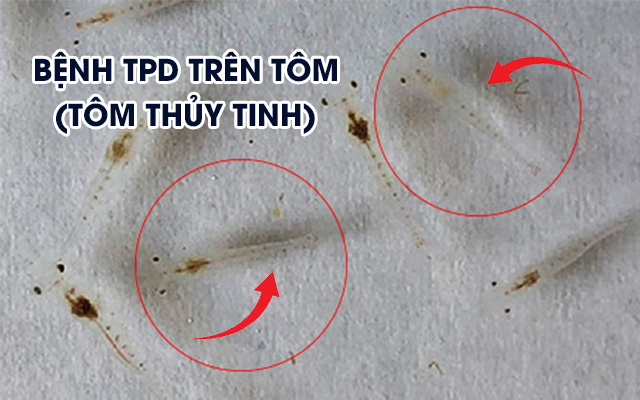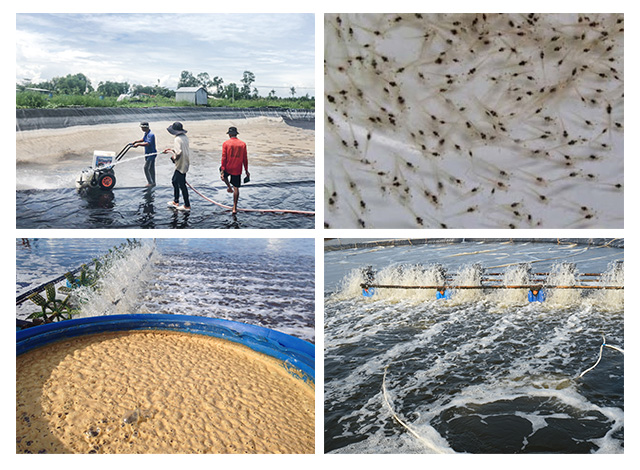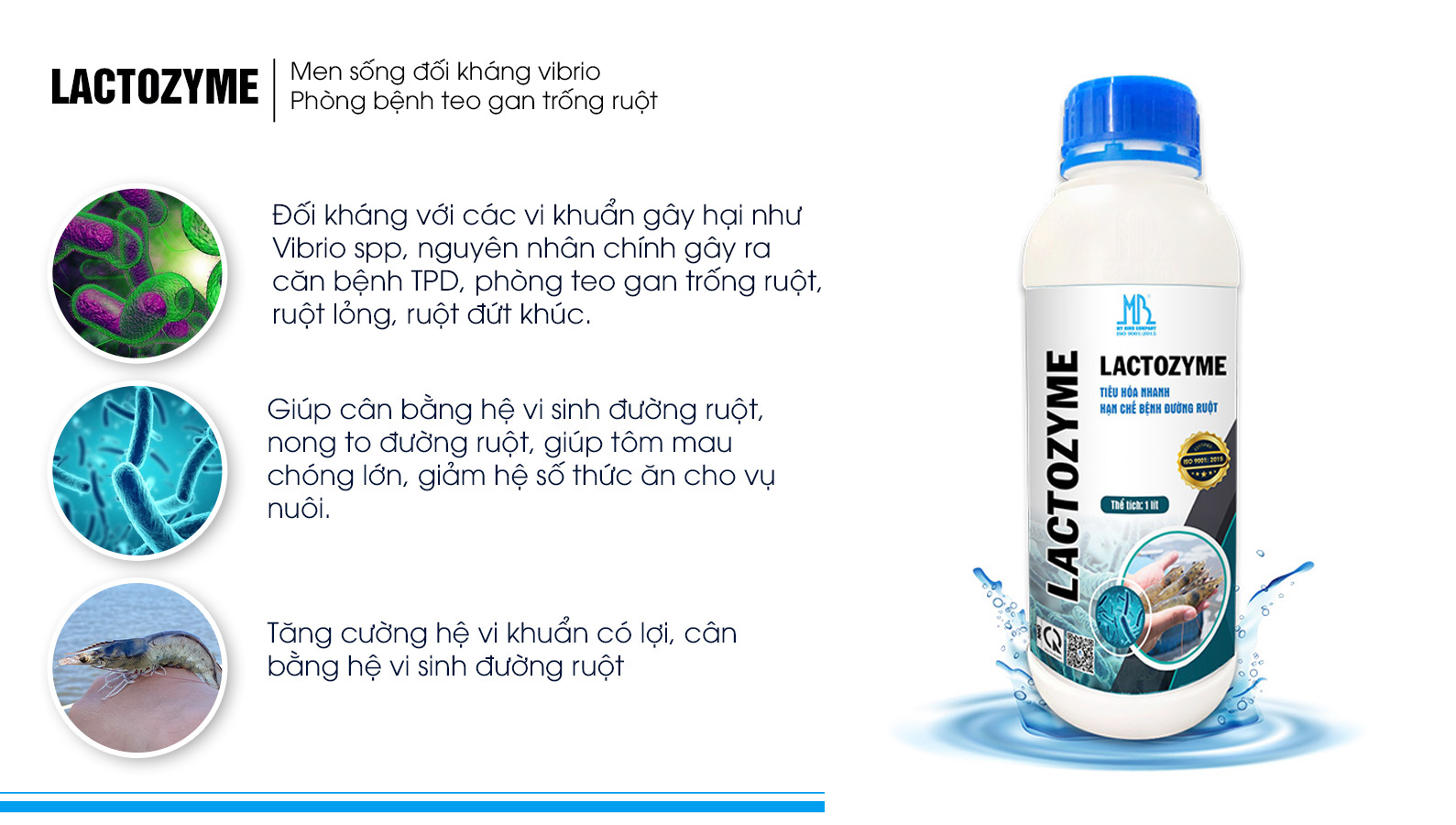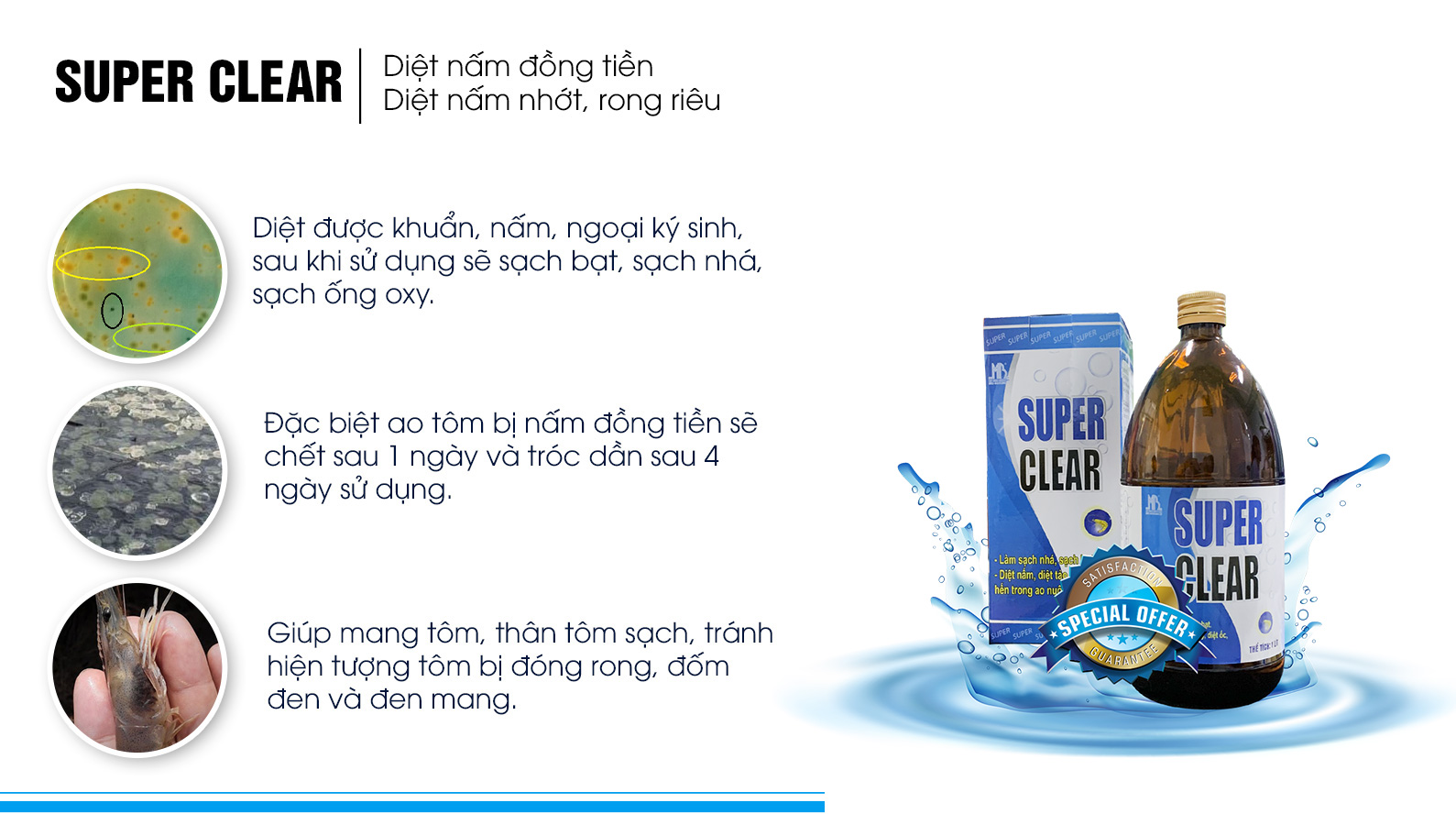Translucent Post Larvae Disease (TPD): A Comprehensive Guide
Translucent Post-Larvae Disease (TPD) is a significant concern in aquaculture, particularly shrimp farming. This disease can lead to substantial economic losses due to the high mortality rates in shrimp post-larvae. Understanding TPD, its causes, symptoms, and preventive measures is crucial for sustainable aquaculture practices.
What is Translucent Post-Larvae Disease (TPD)?
TPD is a disease that primarily affects shrimp post-larvae, causing them to appear translucent or pale. The disease is characterized by decreased feeding activity and increased mortality rates, often leading to severe financial impacts for shrimp farmers.
Image: Translucent Post-Larvae Disease (TPD)
Causes of TPD
The exact cause of TPD remains uncertain, but several factors are believed to contribute to its onset:
1. Bacterial Infections: Certain bacteria, such as Vibrio species, are often associated with TPD.
2. Viral Infections: Viral pathogens can weaken the immune system of shrimp, making them more susceptible to TPD.
3. Environmental Stress: Poor water quality, fluctuating temperatures, and inadequate nutrition can stress shrimp, leading to TPD.
4. Genetic Factors: Some strains of shrimp may be more prone to TPD due to genetic predispositions.
Symptoms of TPD
Identifying TPD in shrimp post-larvae involves observing the following symptoms:
1. Translucent Appearance: Affected shrimp appear pale or translucent, which is the most distinctive sign.
2. Reduced Feeding: Infected shrimp show decreased feeding activity.
3. Lethargy: Shrimp become less active and more passive.
4. High Mortality Rates: An increase in death rates among post-larvae.
Diagnosing TPD
Diagnosing TPD involves a combination of visual inspection and laboratory testing:
1. Visual Inspection: Regular monitoring of shrimp post-larvae for signs of translucency and lethargy.
2. Laboratory Testing: Conducting bacterial and viral tests to identify potential pathogens.
Preventive Measures
Preventing TPD requires a multifaceted approach focusing on maintaining optimal conditions and reducing stress factors:
1. Water Quality Management: Regularly monitor and maintain water parameters, including temperature, salinity, and pH levels.
2. Biosecurity Measures: Implement strict biosecurity protocols to prevent the introduction and spread of pathogens.
3. Nutrition: Provide a balanced and nutritious diet to enhance the immune system of shrimp.
4. Regular Health Checks: Conduct regular health checks and promptly isolate affected individuals to prevent the spread of disease.
Treatment Options
1. LACTOZYME specific live yeast: The product contains beneficial strains of microorganisms, especially capable of opposing harmful bacteria such as Vibrio spp., the main cause of TPD. Lactozyme not only helps prevent Vibrio spp. bacteria from attacking, but also prevents diseases such as liver atrophy, intestinal emptying, loose intestines, broken intestines, and white feces.
2. Safe disinfection SUPER CLEAR: is a safe line of bacteria, fungi and parasites that does not harm shrimp, including shrimp seeds. SUPER CLEAR helps clean the pond water environment, preventing the growth of pathogens such as fungi in general, coin fungus and bacteria that cause TPD disease on farmed shrimp.
Translucent Post-Larvae Disease (TPD) poses a significant challenge to the shrimp farming industry. By understanding its causes, symptoms, and preventive measures, shrimp farmers can mitigate the impact of this disease. Regular monitoring, maintaining optimal water quality, and implementing biosecurity measures are essential steps in ensuring the health and sustainability of shrimp post-larvae. By staying informed and proactive, the aquaculture industry can effectively combat TPD and secure a healthy and profitable future.
Contact us now: at WhatsApp: +84939881532 (Mrs. Camryn Ho) or leave a comment below to receive more advice about Translucent Post-Larvae Disease (TPD) and Lactozyme from us. We wish farmers had successful shrimp and fish seasons and high prices!
.......................................................................................
MY BINH EXPORT-IMPORT TRADING LIMITED COMPANY
Main Office: 49/11B, Tran Hoang Na Street, Hung Loi Ward, Ninh Kieu District, Can Tho City, Viet Nam.
Factory Address: 28T, Nguyen Van Quy Street, Phu Thu Ward, Cai Rang District, Can Tho City, Viet Nam.
Hotline: +84911383533 or +84983173322
Website: https://mybinh.com.vn
Email: mbtrade9@gmail.com






